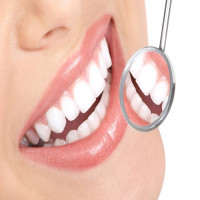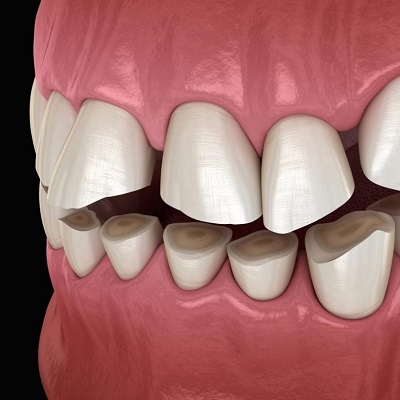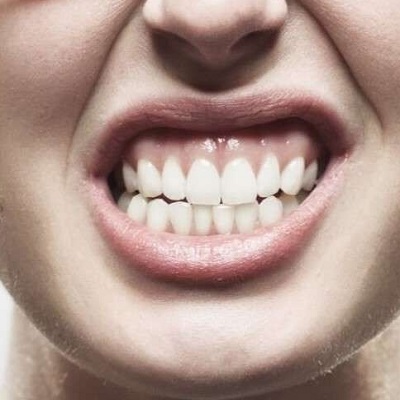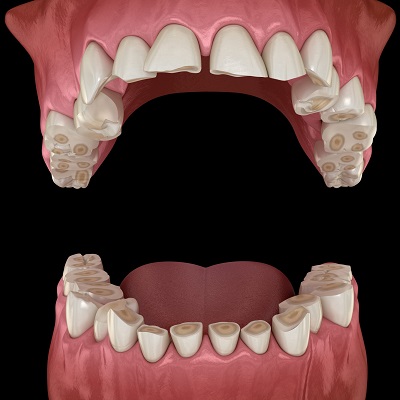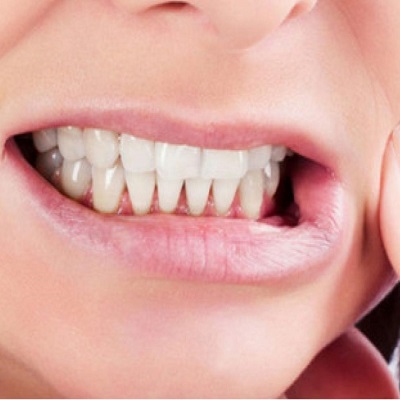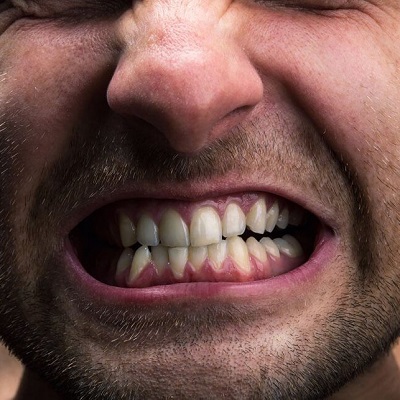How Dental Appliances Can Prevent Tooth Movement After Braces
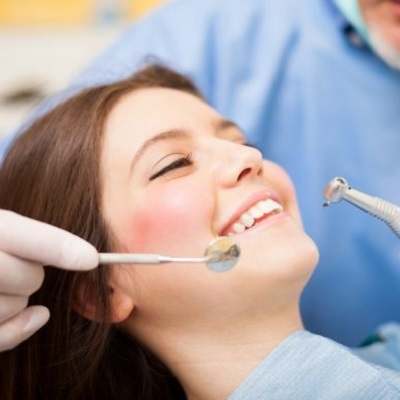
Strong 8k brings an ultra-HD IPTV experience to your living room and your pocket.
After undergoing orthodontic treatment with braces, maintaining the new alignment of your teeth is crucial. While braces work effectively to straighten teeth and correct bite issues, teeth have a natural tendency to shift back to their original positions if not properly managed. Dental Appliances play a key role in preventing unwanted tooth movement and ensuring that your orthodontic results are preserved. Here’s how these appliances help and why they are essential in post-braces care.
Understanding the Need for Post-Braces Appliances:
Tooth Stability and Memory:
After braces are removed, the bone and soft tissues around the teeth need time to adapt to their new positions. Teeth are often still prone to shifting during this adjustment period, making it essential to use appliances that help stabilize them.
Retention Phase:
The retention phase follows orthodontic treatment to ensure that teeth remain in their new positions. Retainers are the primary appliances used during this phase to maintain the results achieved with braces.
Types of Dental Appliances for Preventing Tooth Movement:
Retainers:
Fixed Retainers: Also known as bonded or permanent retainers, these are thin wires bonded to the back of the teeth, usually the lower front teeth, to keep them in place. They offer a discreet, long-term solution and are ideal for preventing relapse.
Removable Retainers: These can be taken out for eating and cleaning. They are typically made of clear plastic or a combination of plastic and metal. Removable retainers are effective for maintaining teeth alignment and are often used for the upper arch or as a complement to fixed retainers.
Essix Retainers:
Purpose: A type of removable retainer made from clear plastic, Essix retainers are custom-molded to fit the teeth snugly.
Benefits: They are virtually invisible, comfortable, and effective in preventing tooth movement. Essix retainers are particularly popular among patients who prefer a discreet option.
Hawley Retainers:
Purpose: A traditional type of removable retainer consisting of a combination of acrylic and metal wire.
Benefits: Hawley retainers are durable and can be adjusted to accommodate changes in the alignment if needed. They are often used for long-term retention and are adjustable.
Clear Aligners:
Purpose: Used as a form of retainer, clear aligners are similar to those used in orthodontic treatment but are designed to maintain teeth positions post-braces.
Benefits: They offer a discreet and comfortable option for retaining teeth positions and can be easily removed for eating and cleaning.
Benefits of Using Dental Appliances for Retention:
Prevent Relapse:
Retainers help to prevent teeth from shifting back to their original positions, ensuring that the results of orthodontic treatment are maintained.
Stabilize Bone and Soft Tissue:
Retainers provide the necessary support for the bone and soft tissue surrounding the teeth to adapt and stabilize in their new positions after braces are removed.
Maintain Bite Alignment:
Appliances help maintain the corrected bite alignment achieved with braces, preventing issues such as misalignment or bite discrepancies from reoccurring.
Customizable and Adjustable:
Many retainers can be customized or adjusted to accommodate any minor changes or issues that arise during the retention phase, providing a flexible solution for maintaining results.
Promote Long-Term Success:
Consistent use of retainers as prescribed by your orthodontist ensures long-term success and preservation of the orthodontic outcomes, reducing the need for further corrective treatment.
Tips for Effective Use and Maintenance of Dental Appliances:
Follow the Orthodontist’s Instructions:
Adhere to the specific instructions provided by your orthodontist regarding how often and how long to wear your retainer. Compliance is crucial for preventing tooth movement.
Regular Check-Ups:
Schedule regular follow-up appointments with your orthodontist to monitor the stability of your teeth and make any necessary adjustments to your retainer.
Proper Cleaning:
Keep your retainer clean by brushing it with a soft toothbrush and using mild soap or a retainer cleaning solution. Avoid using hot water, as it can warp the appliance.
Avoid Hard or Sticky Foods:
When using removable retainers, avoid consuming hard or sticky foods that can damage the appliance or affect its fit.
Store Properly:
When not in use, store your retainer in its case to protect it from damage and contamination. Ensure the case is kept clean and dry.
Conclusion:
Dental appliances, particularly retainers, are essential for preventing tooth movement and maintaining the results achieved through braces. By adhering to your orthodontist’s recommendations and properly caring for your appliance, you can ensure that your teeth remain in their ideal positions and enjoy the long-term benefits of your orthodontic treatment. Consult with your orthodontist to determine the most suitable retention strategy for your needs and to support ongoing dental health and alignment.
Note: IndiBlogHub features both user-submitted and editorial content. We do not verify third-party contributions. Read our Disclaimer and Privacy Policyfor details.

